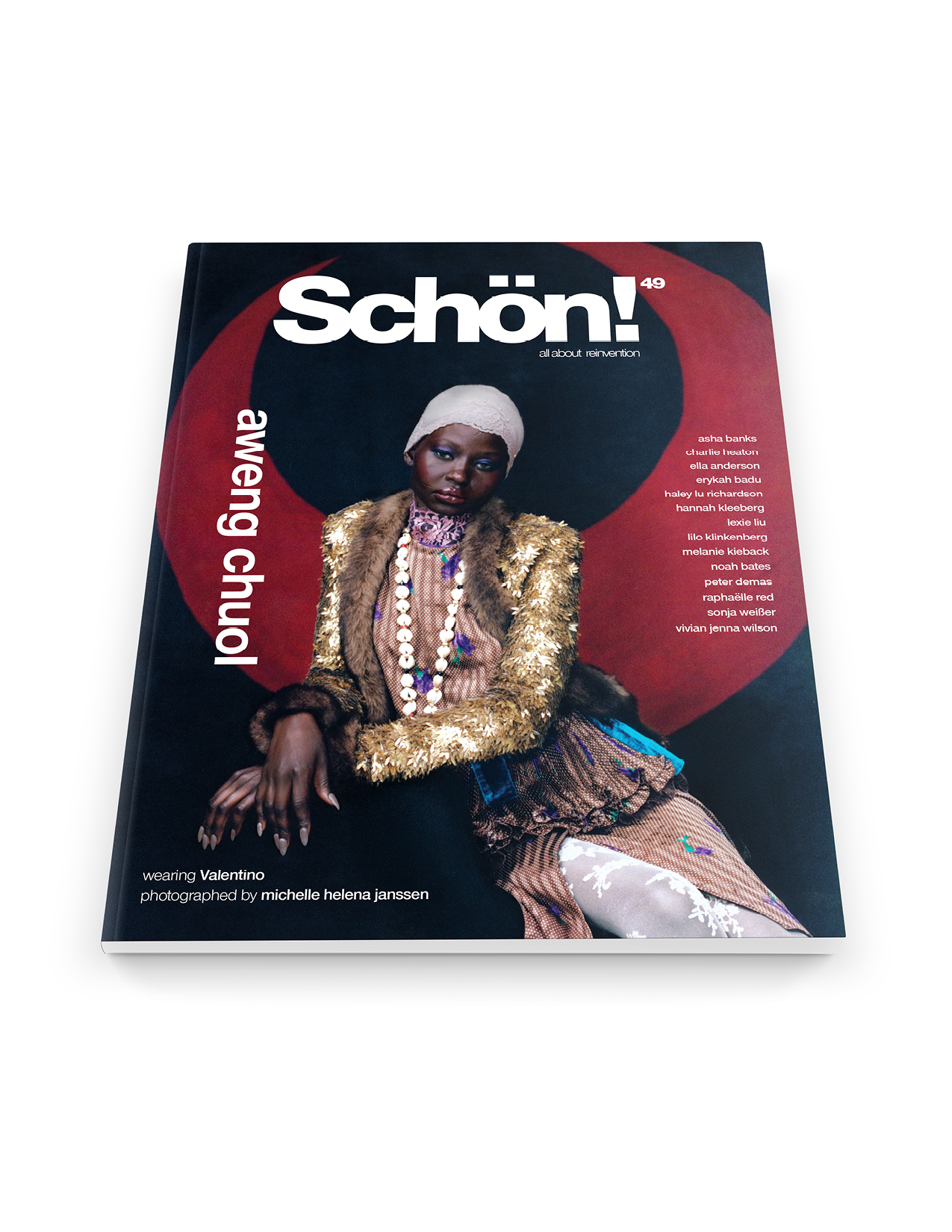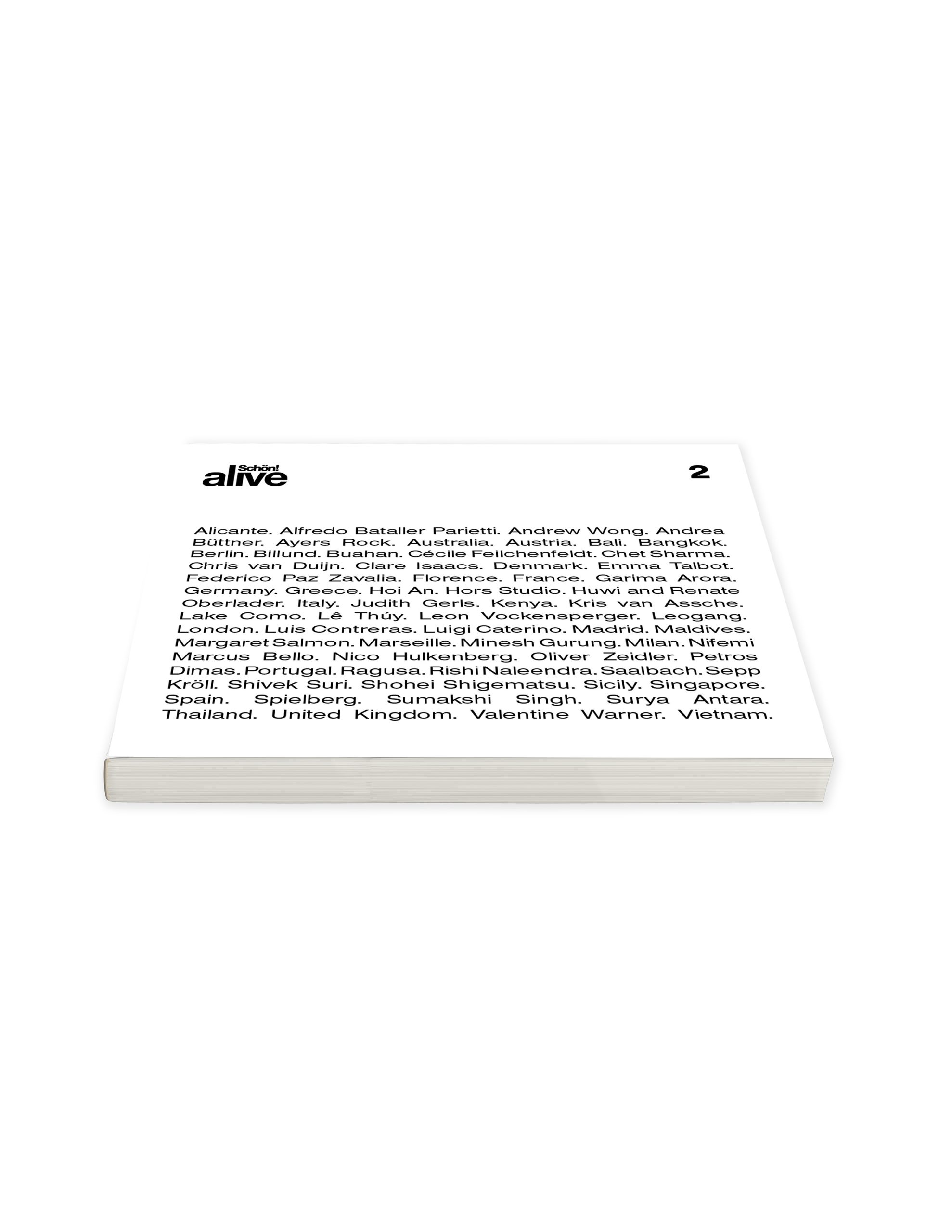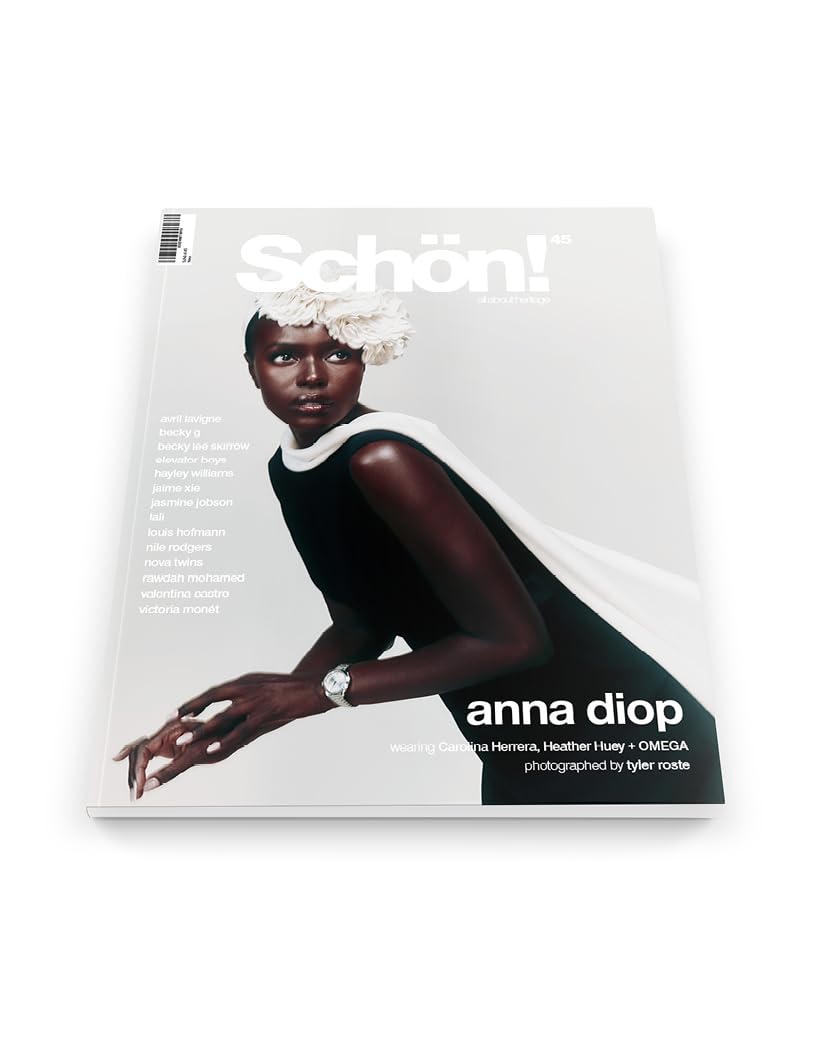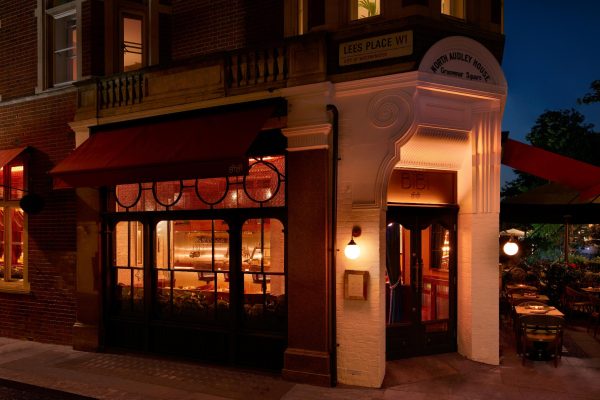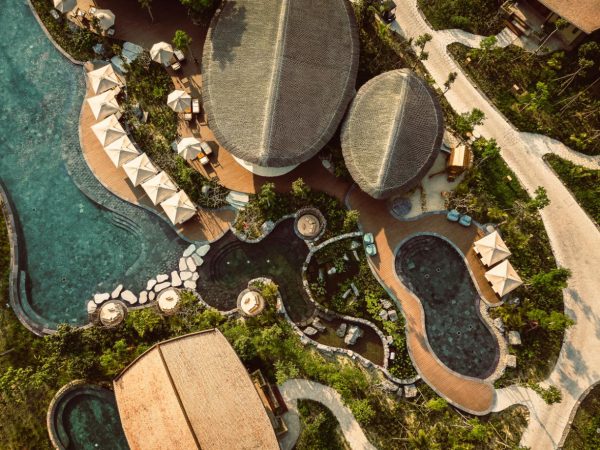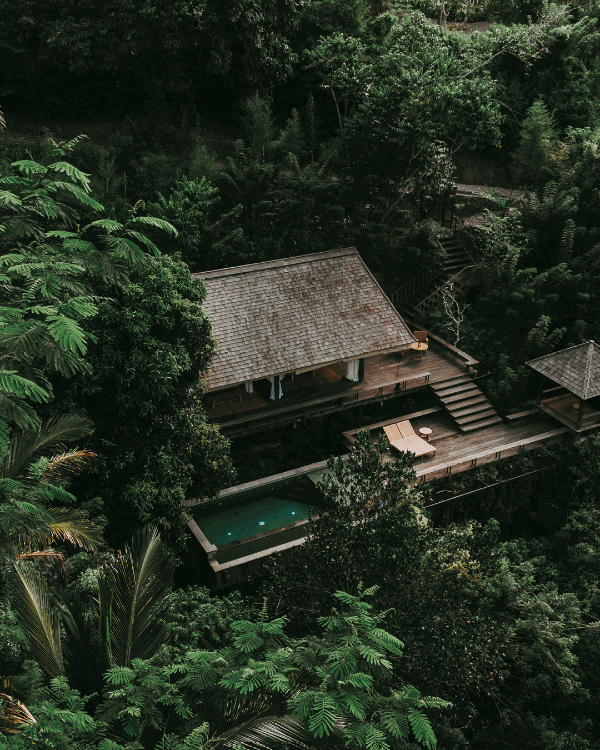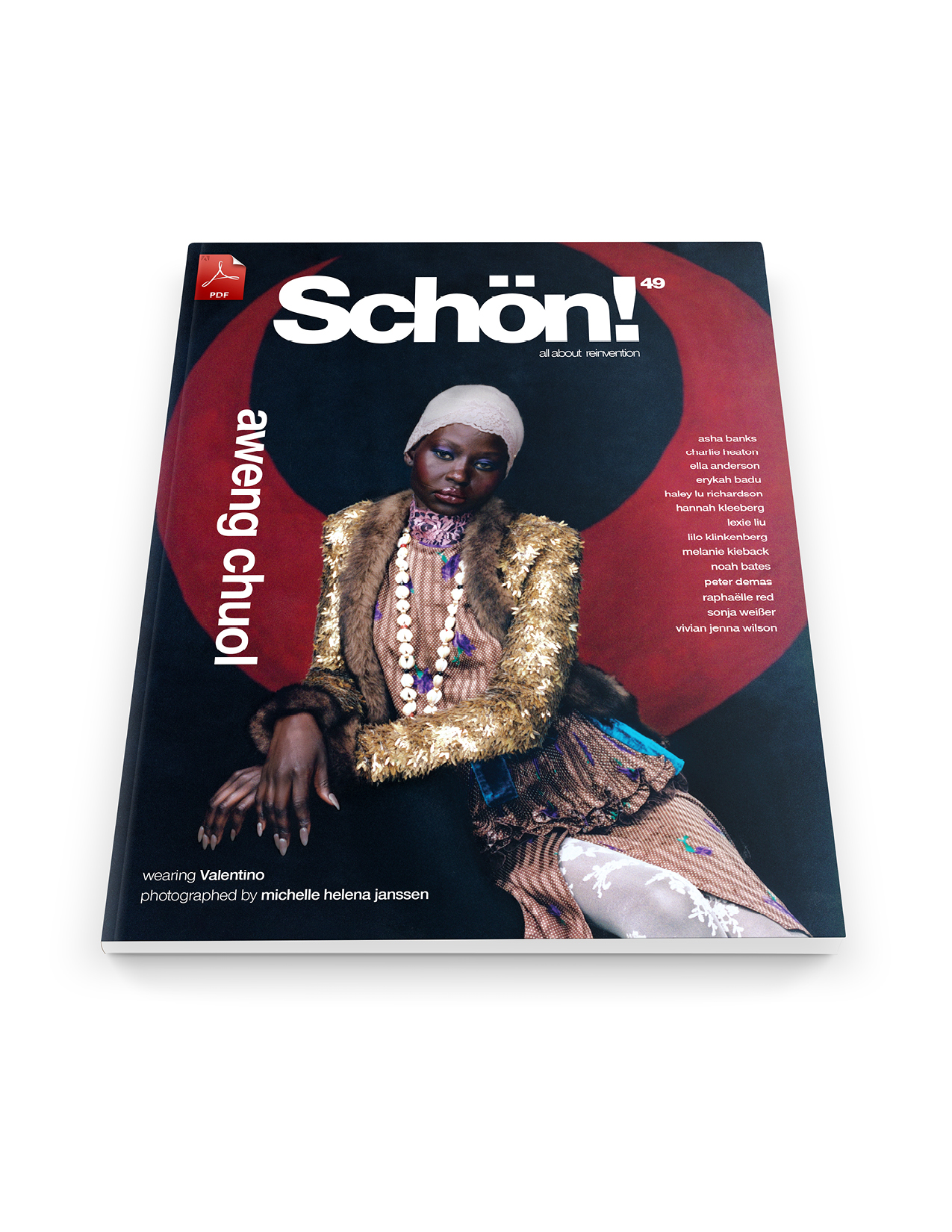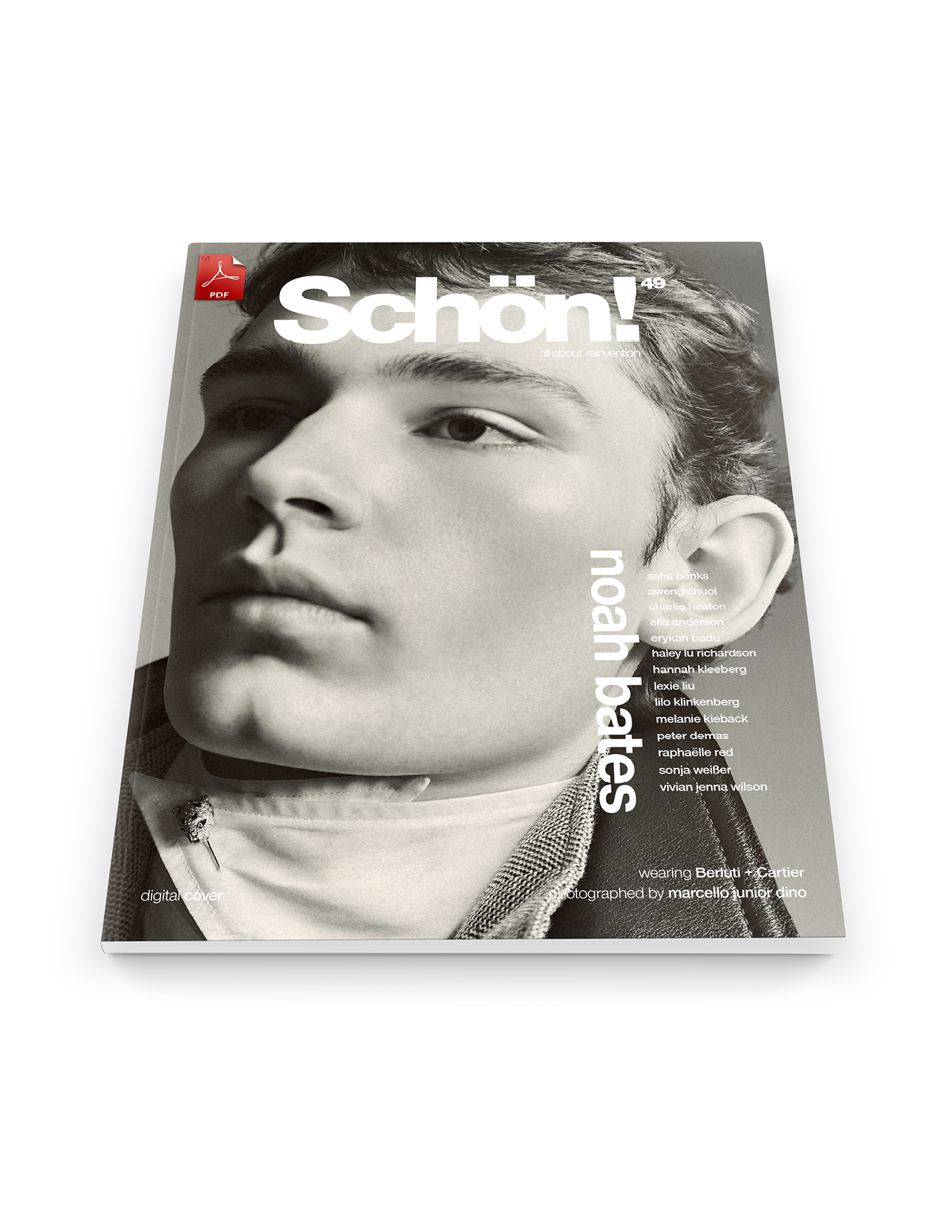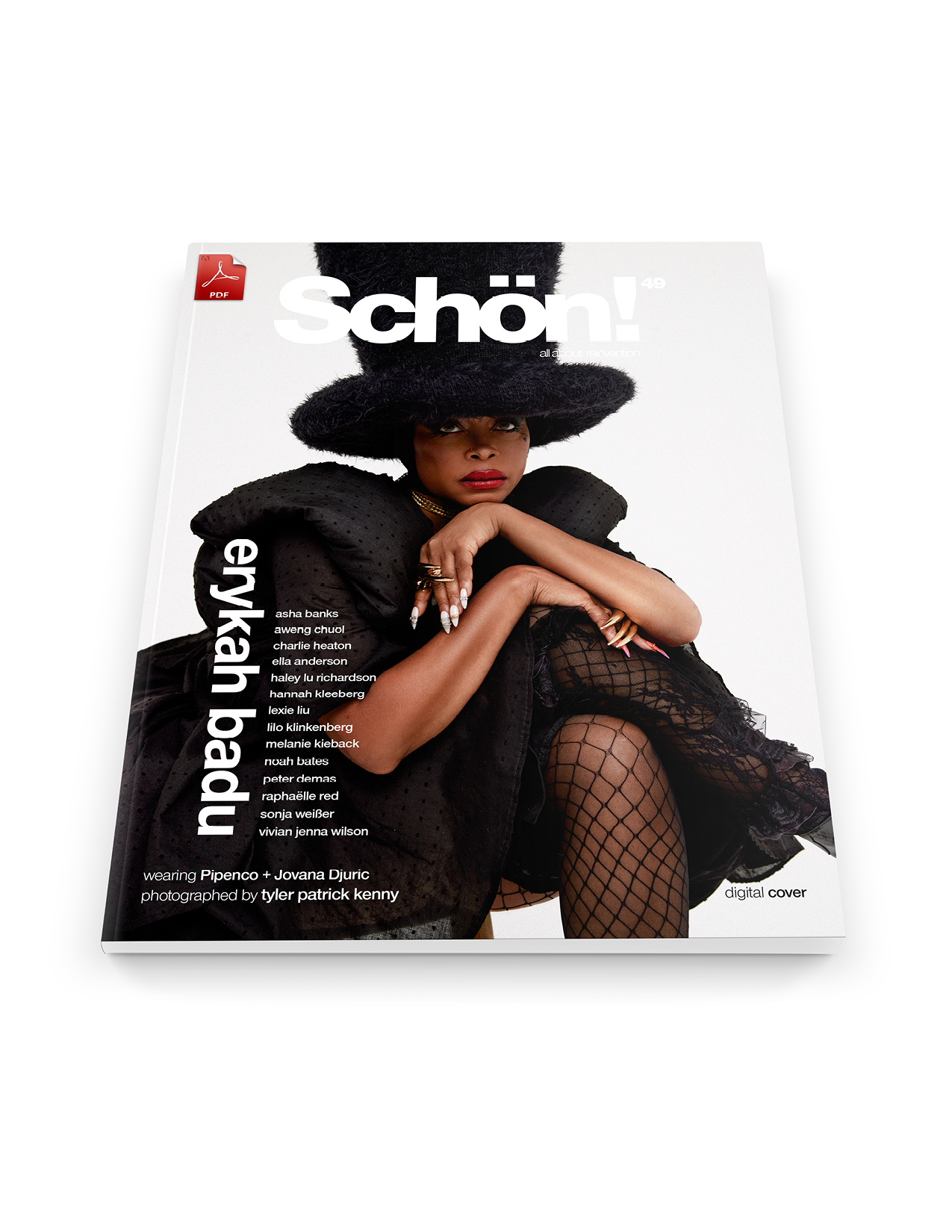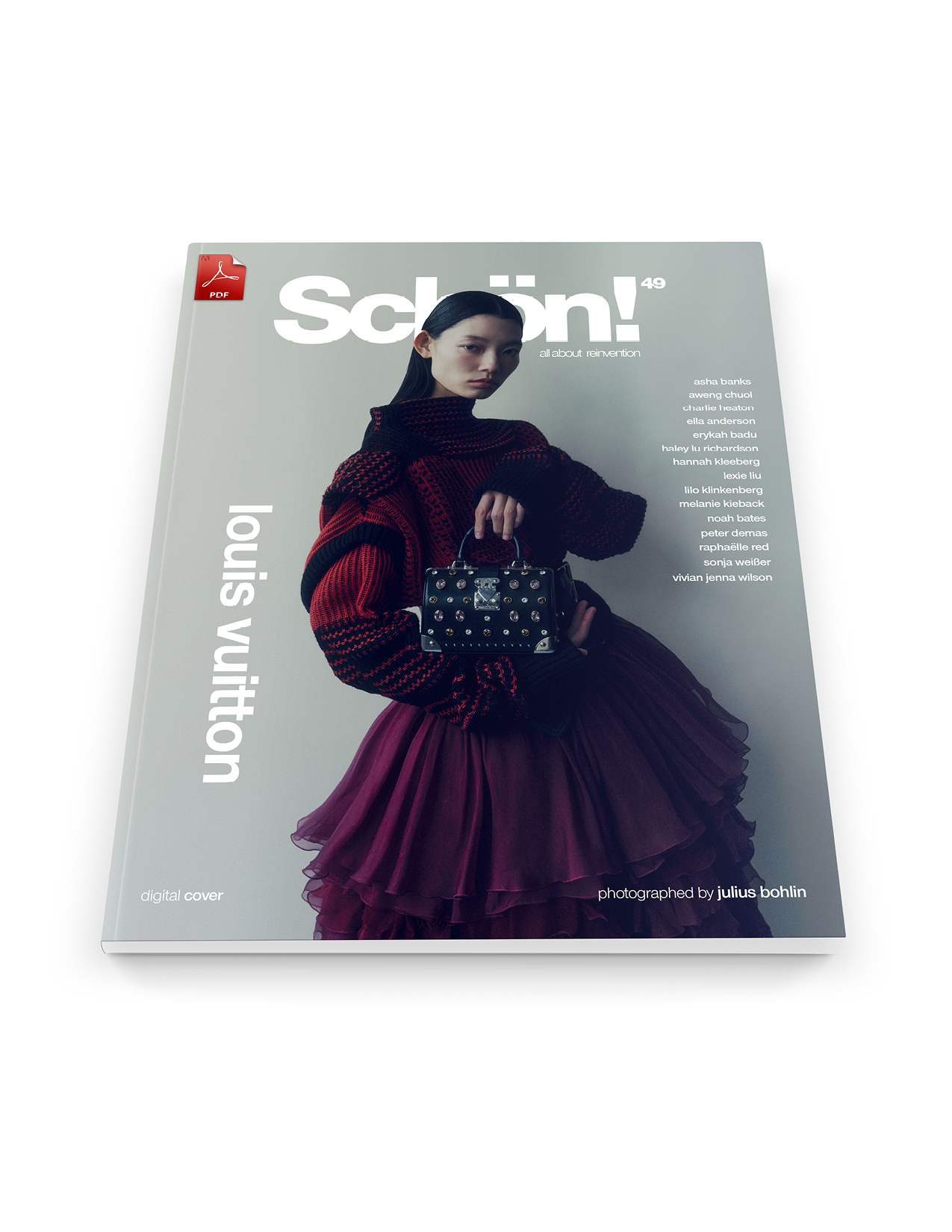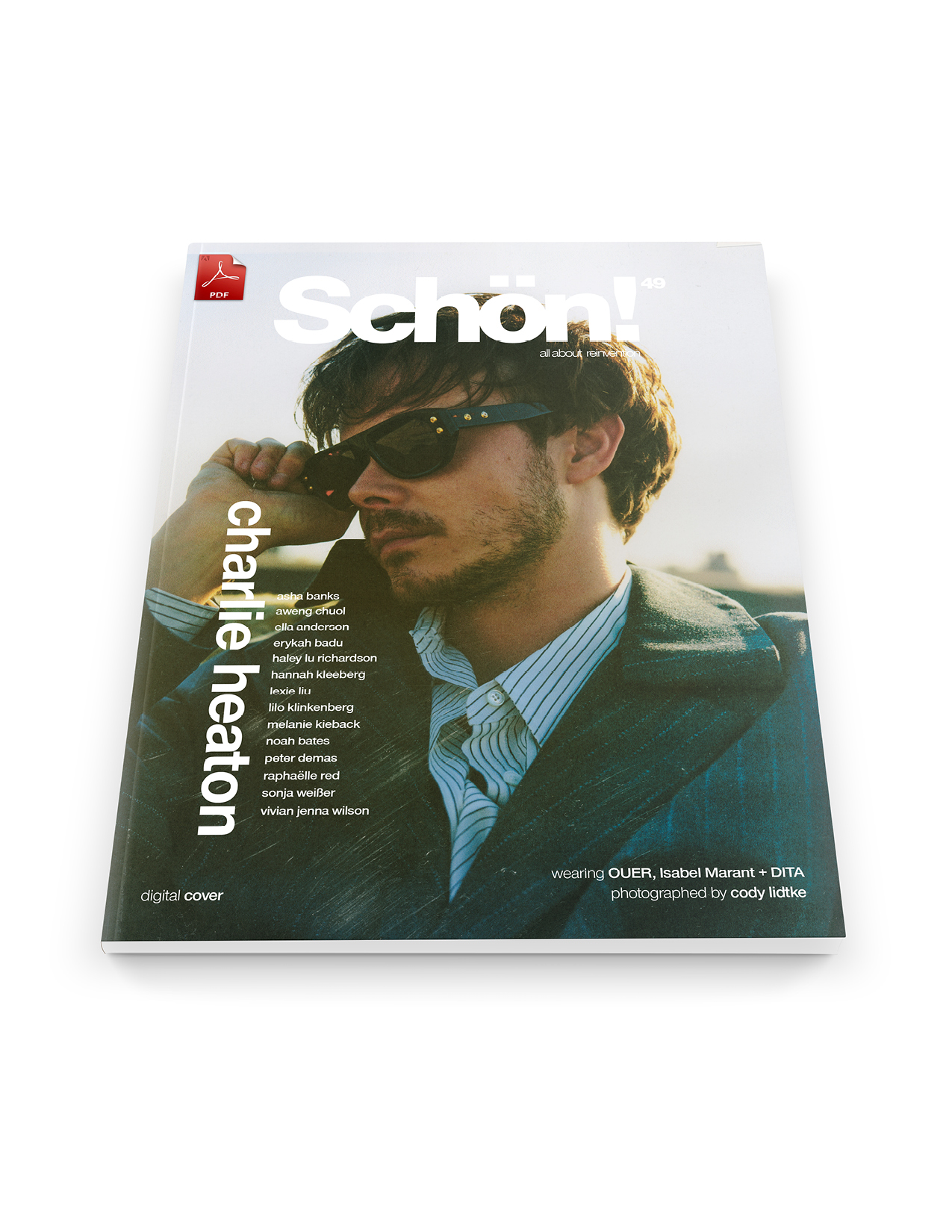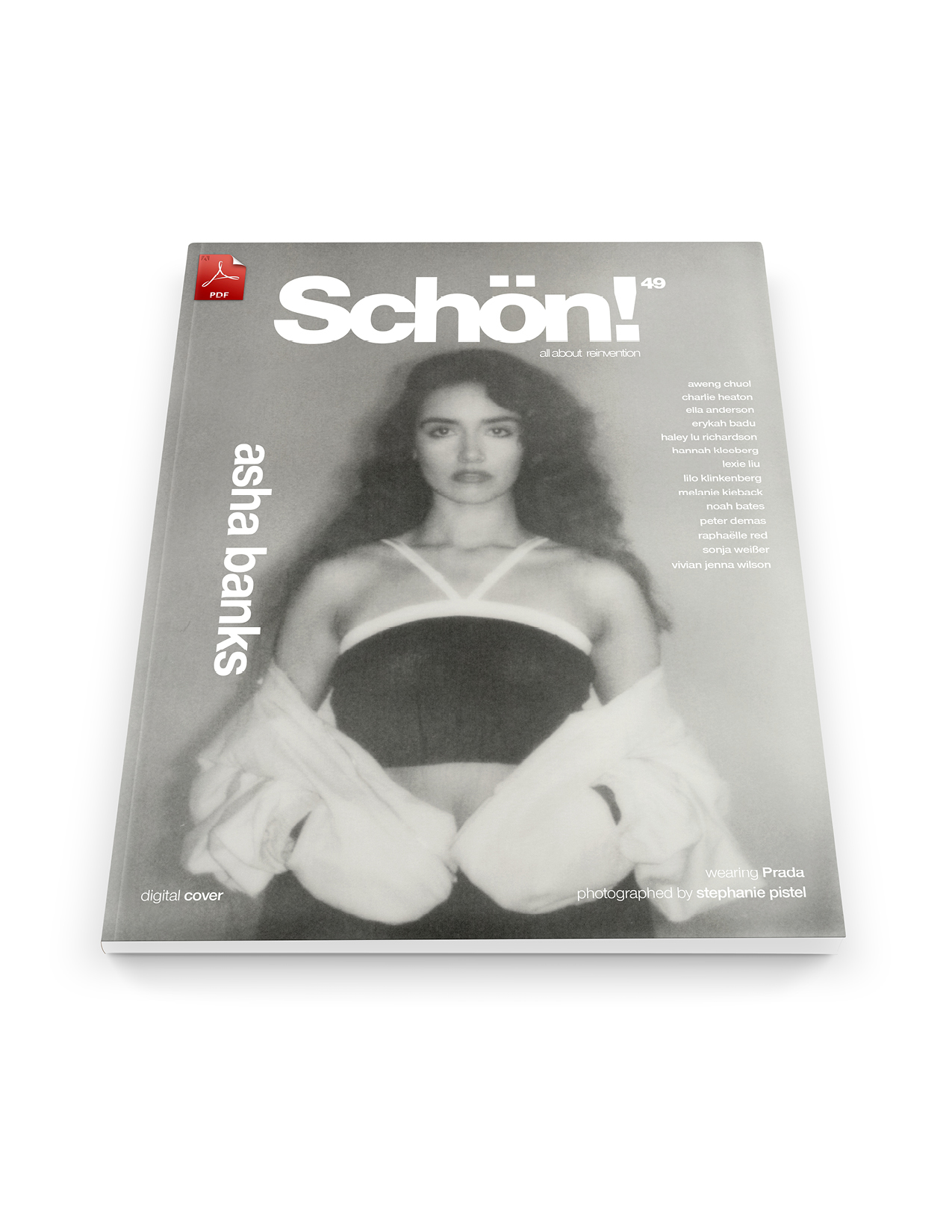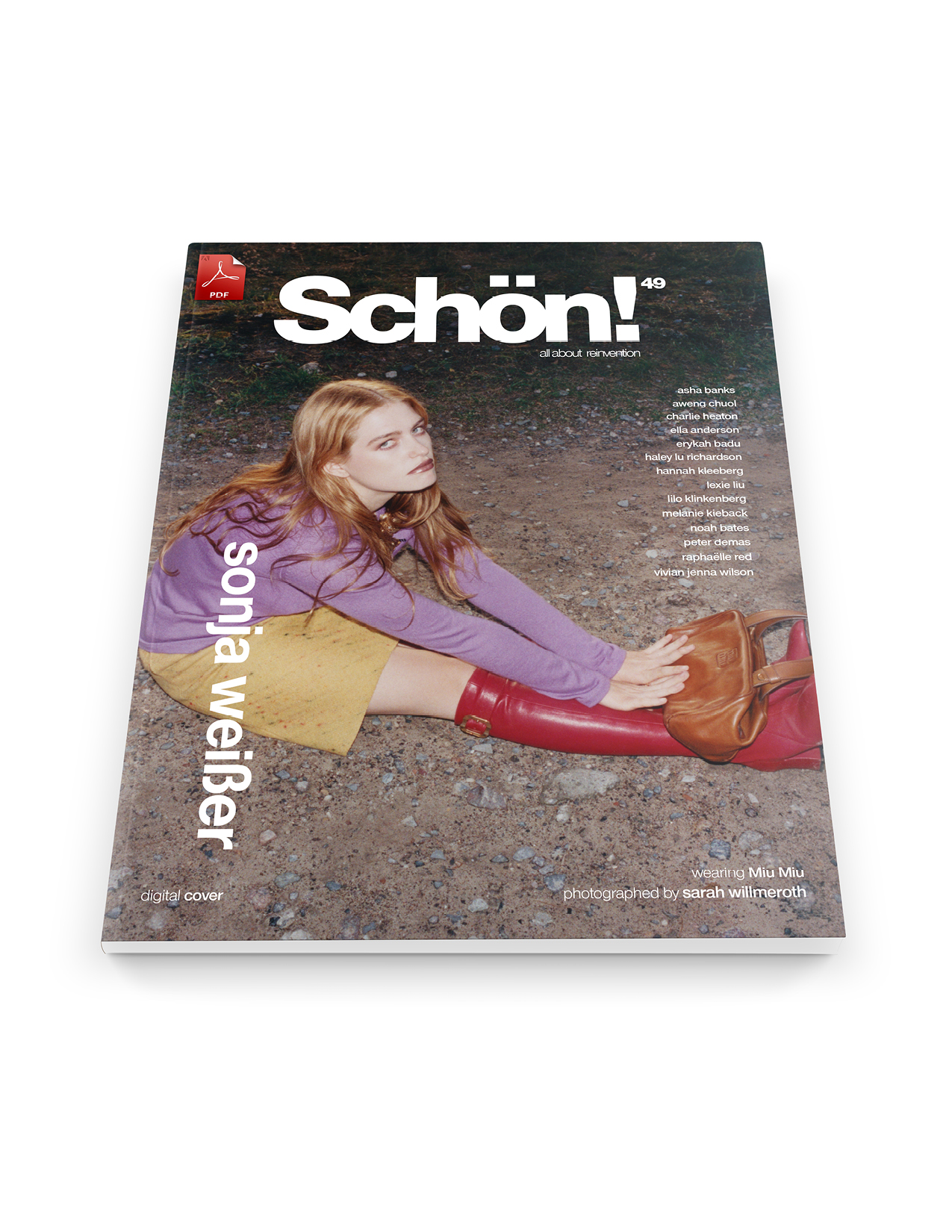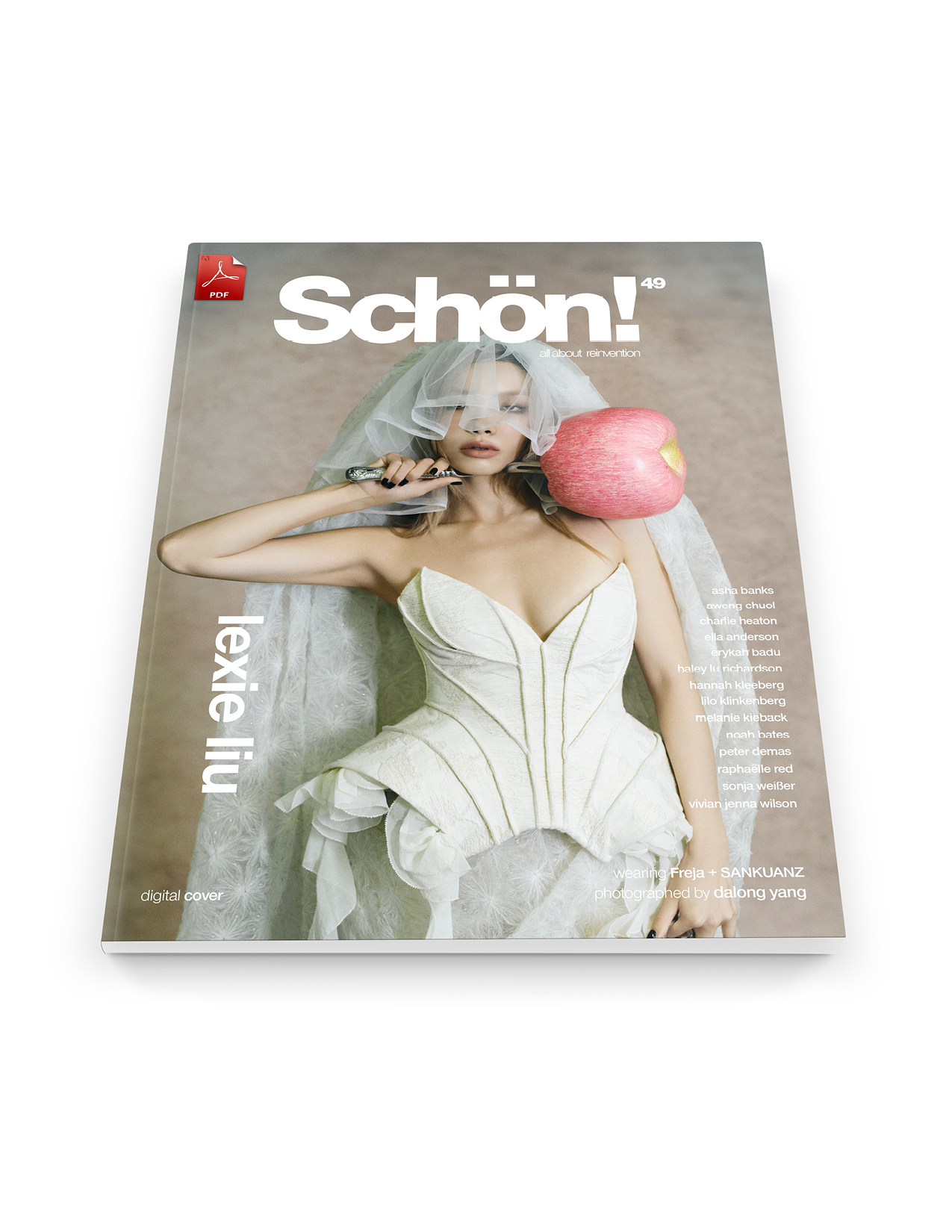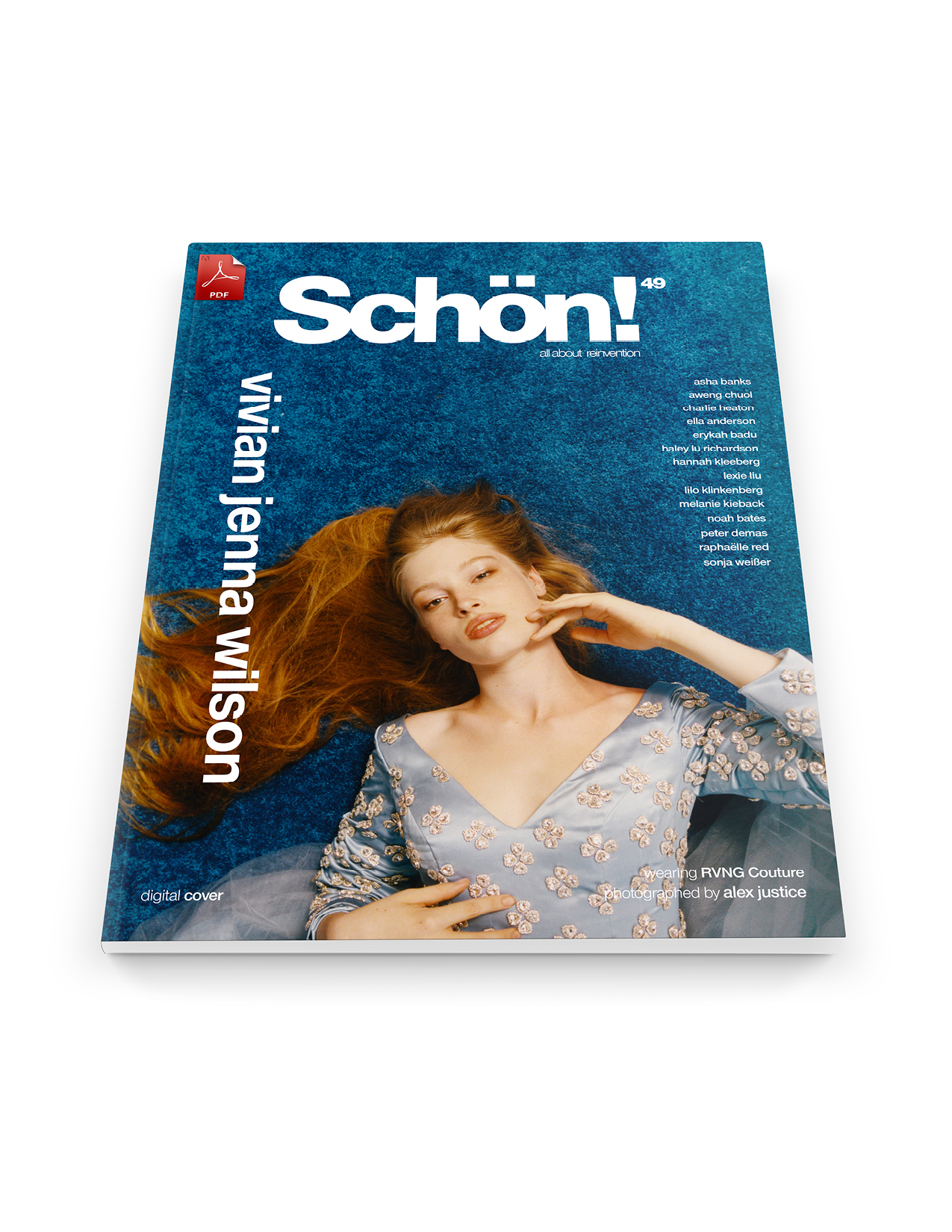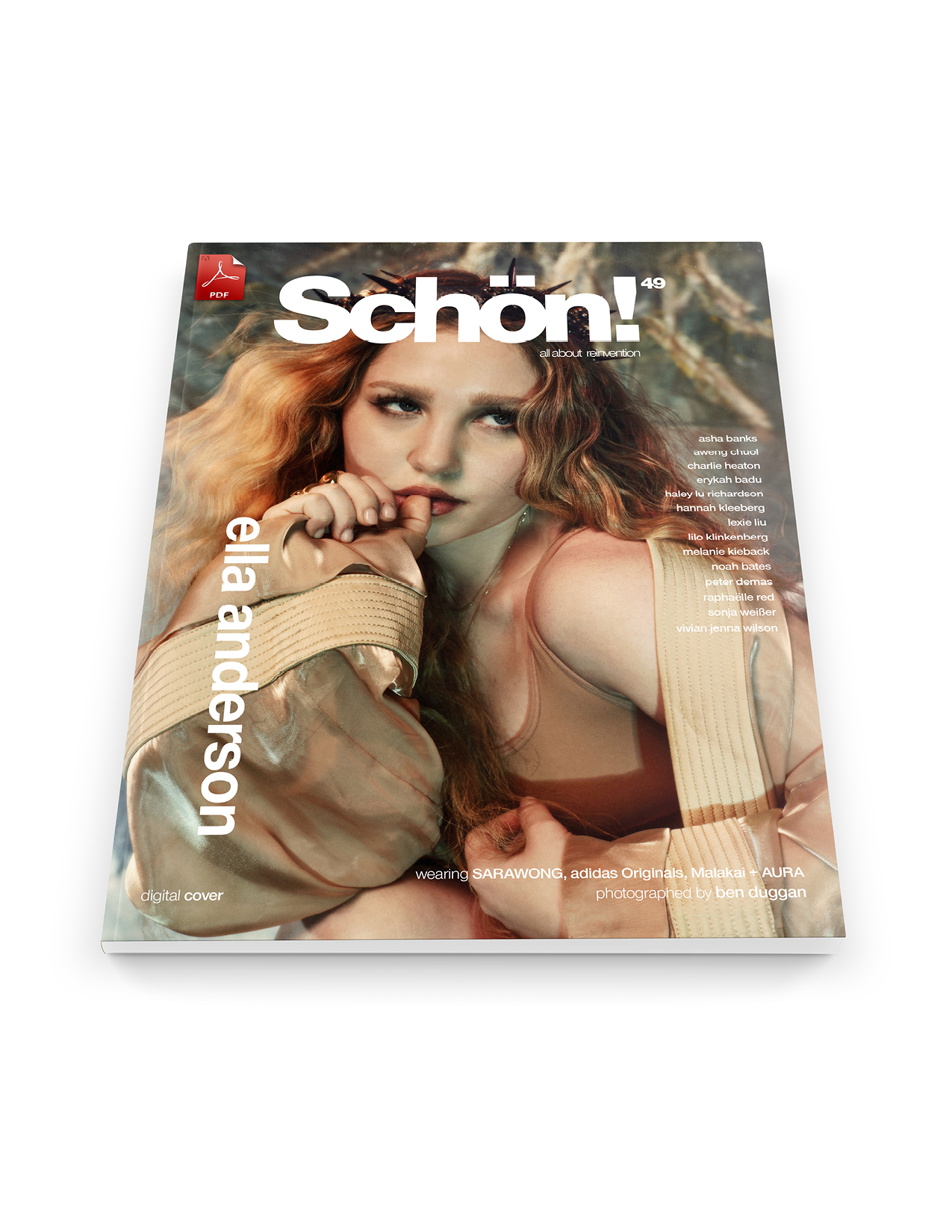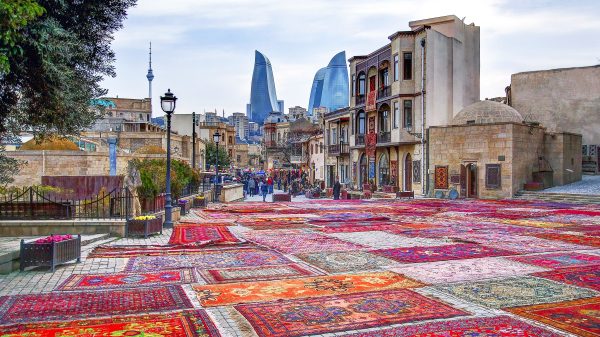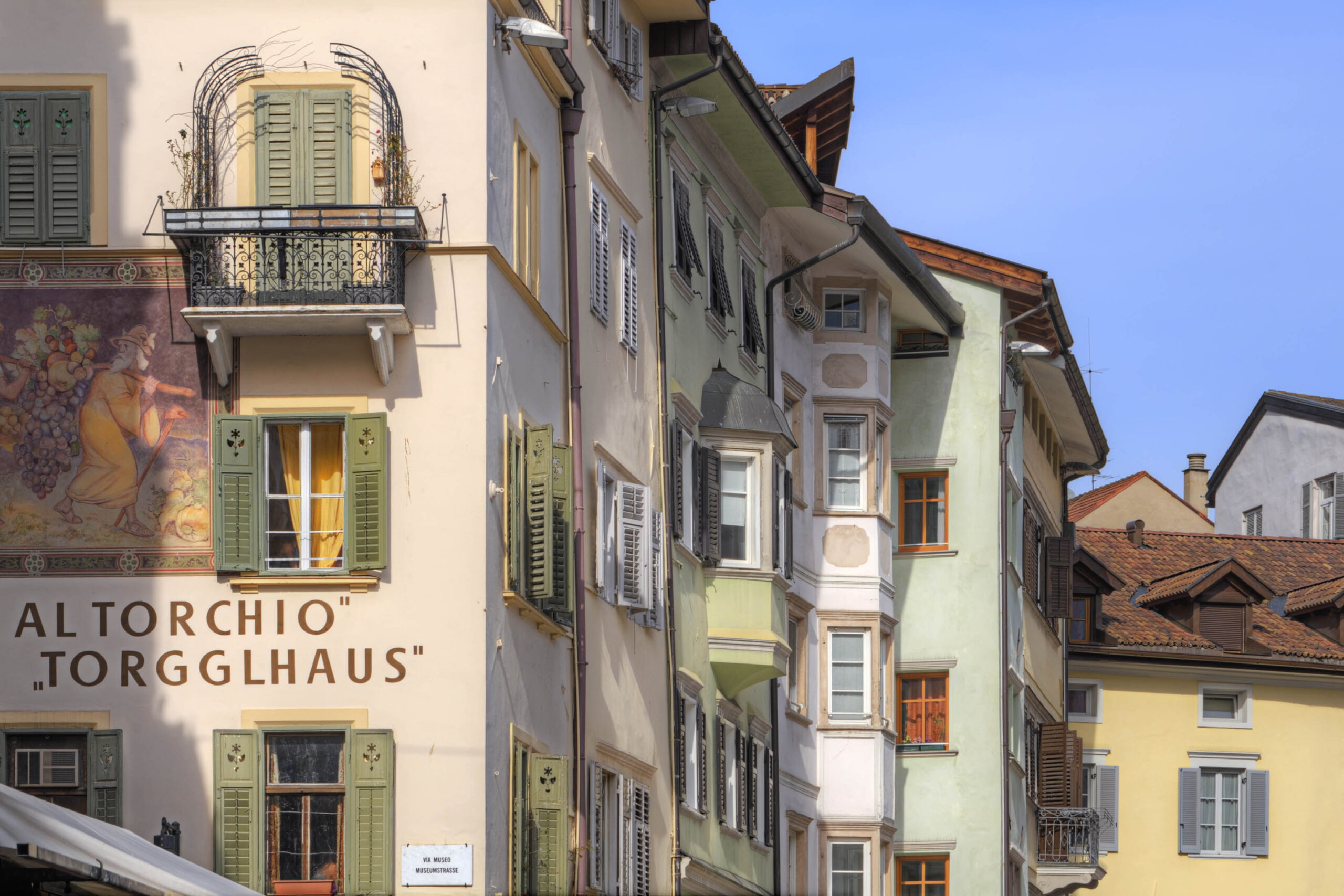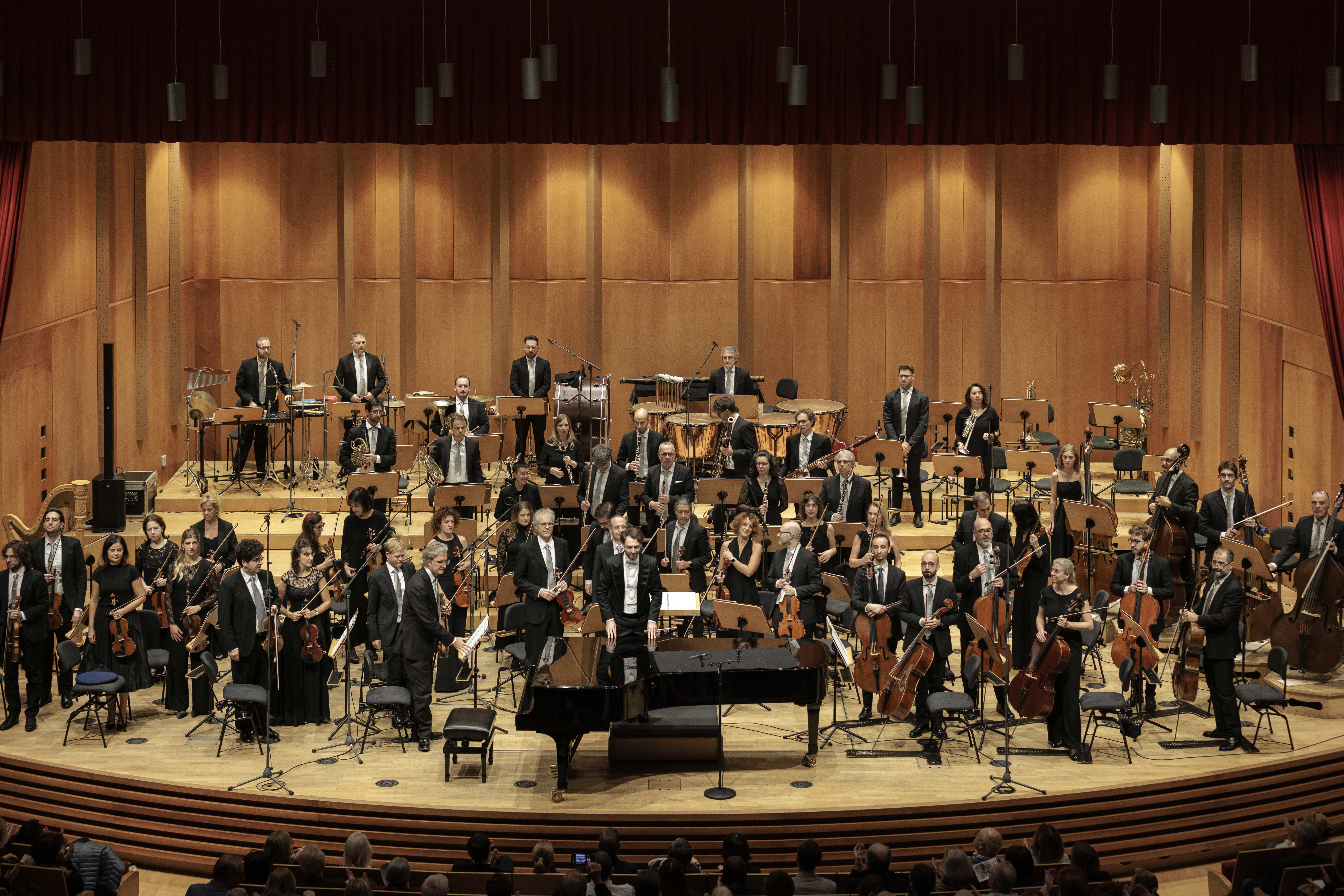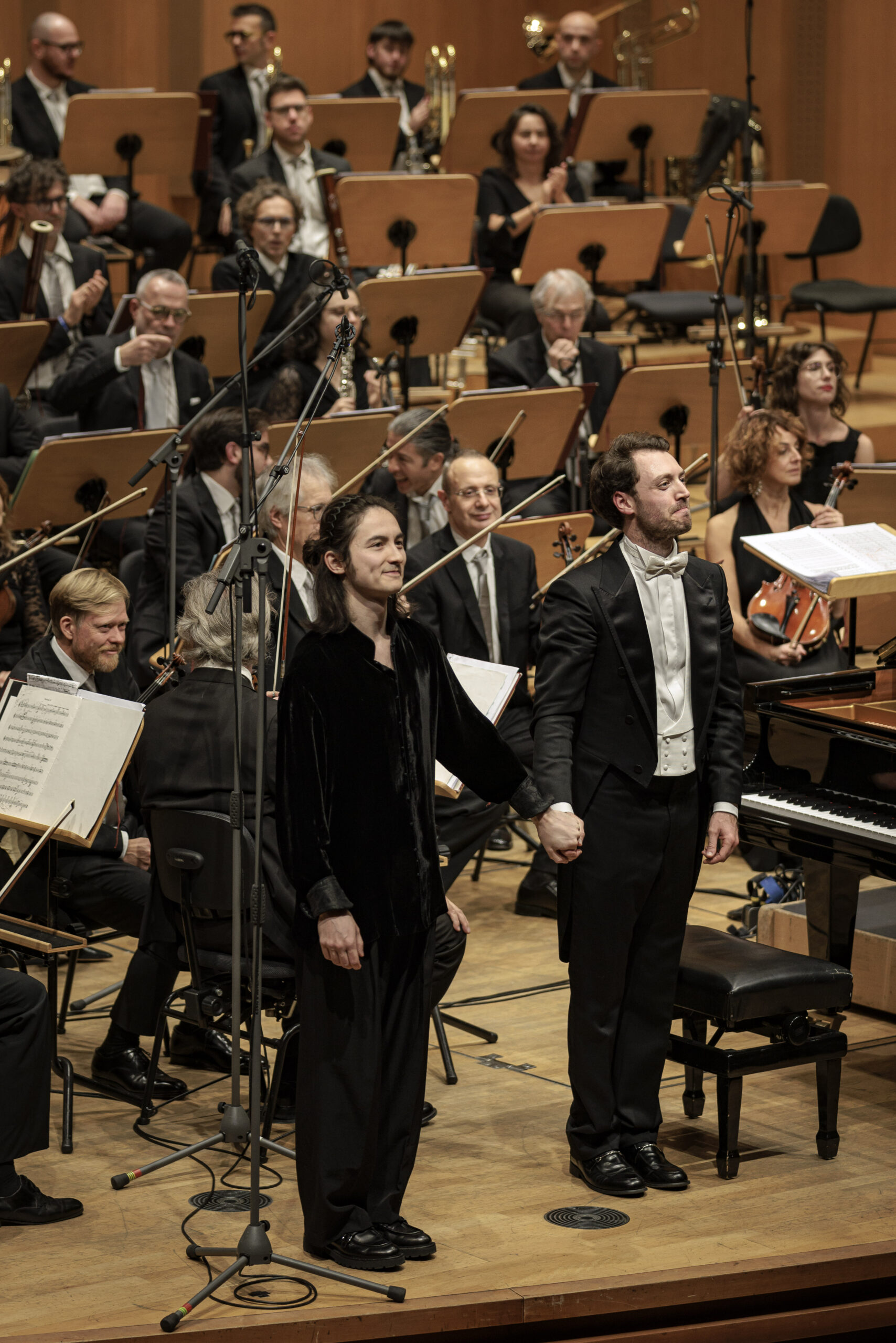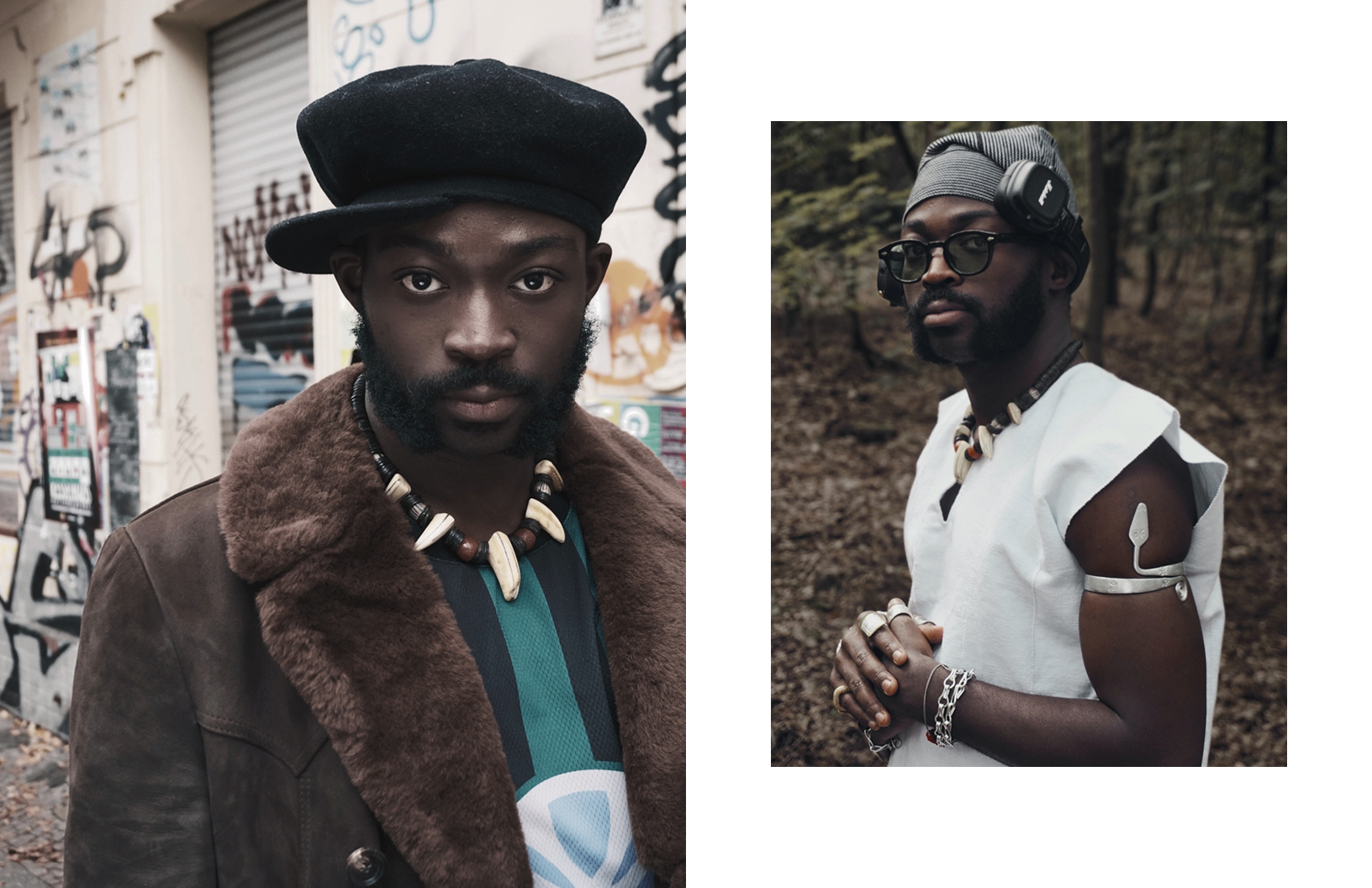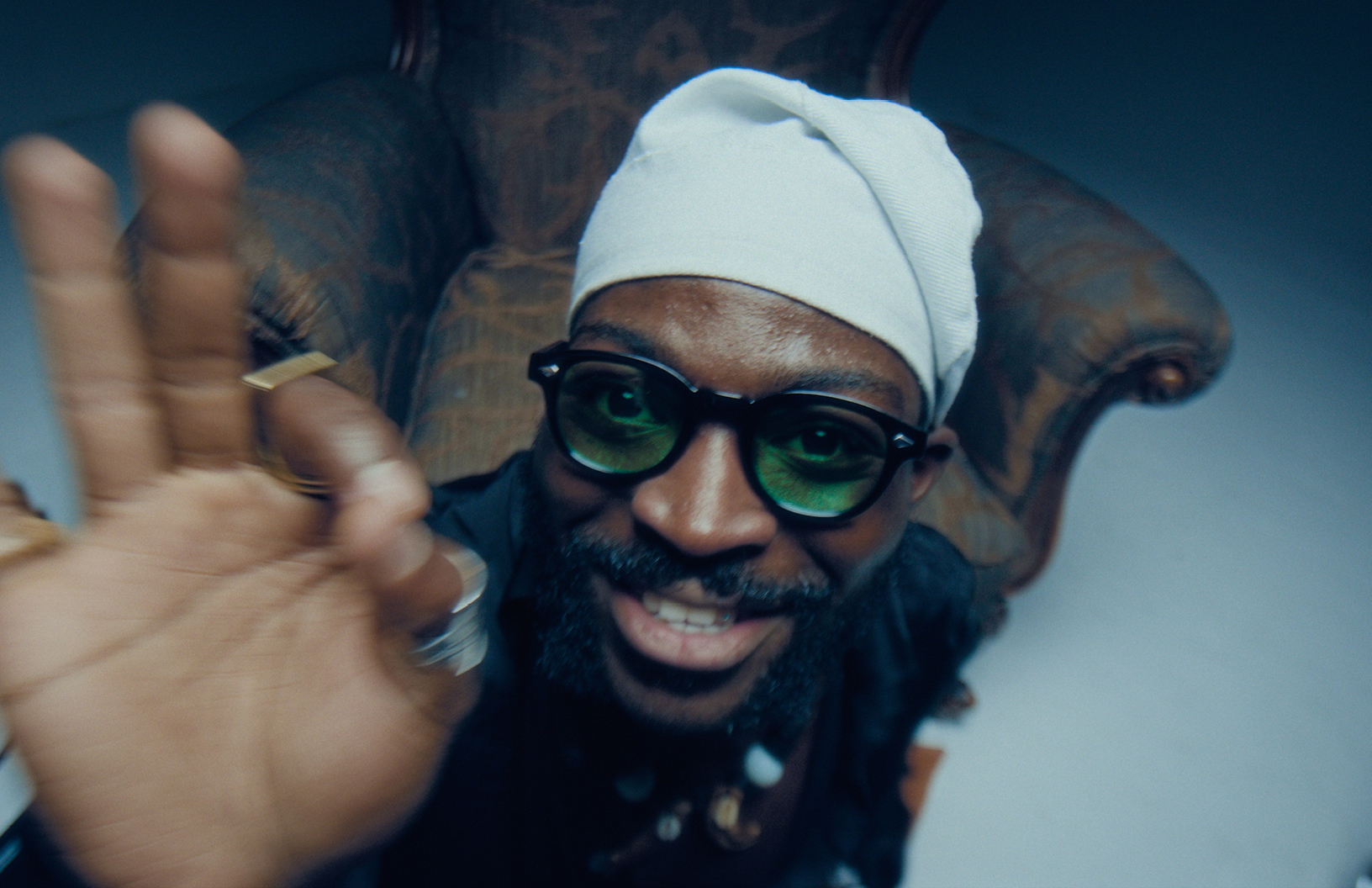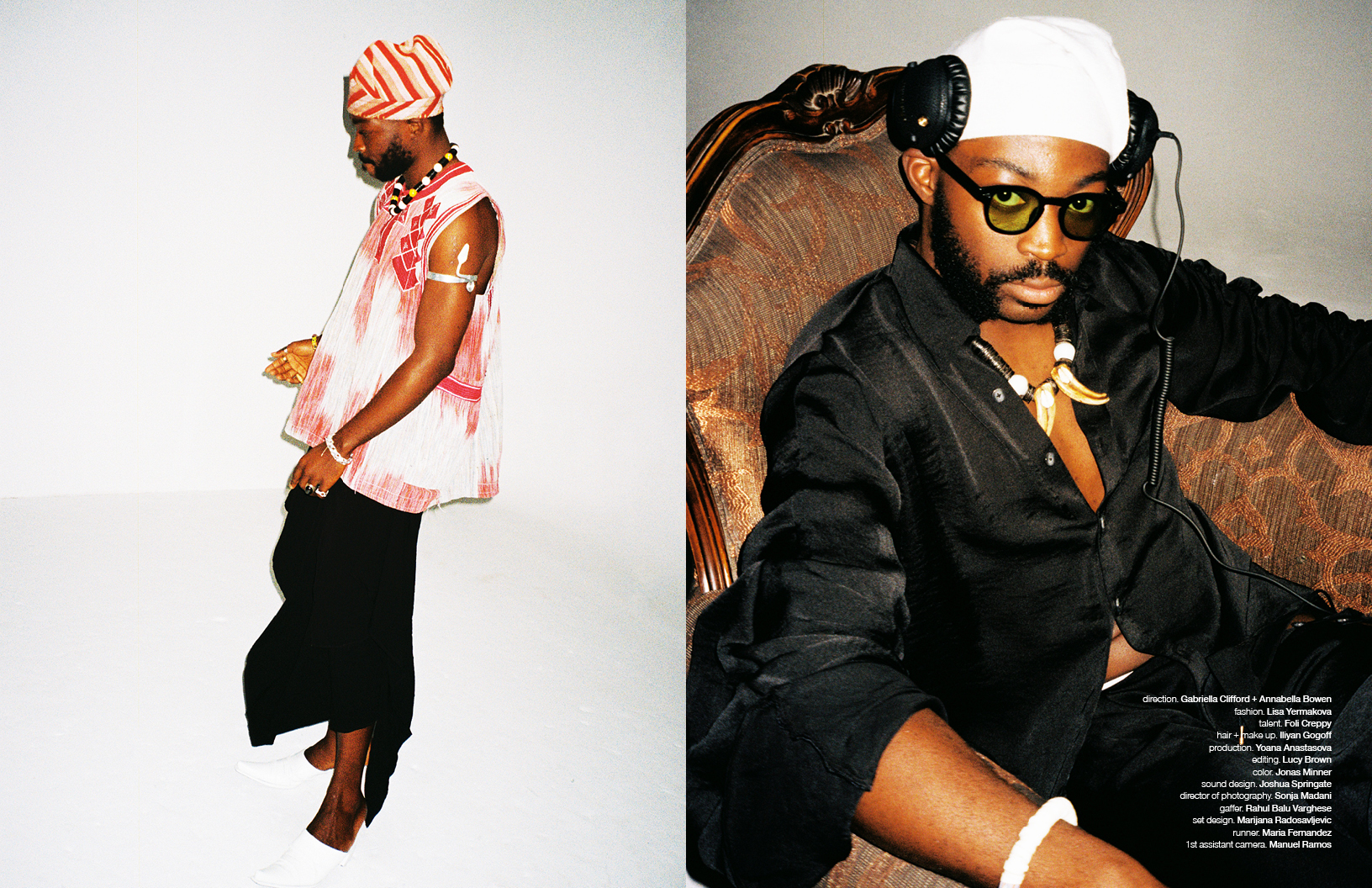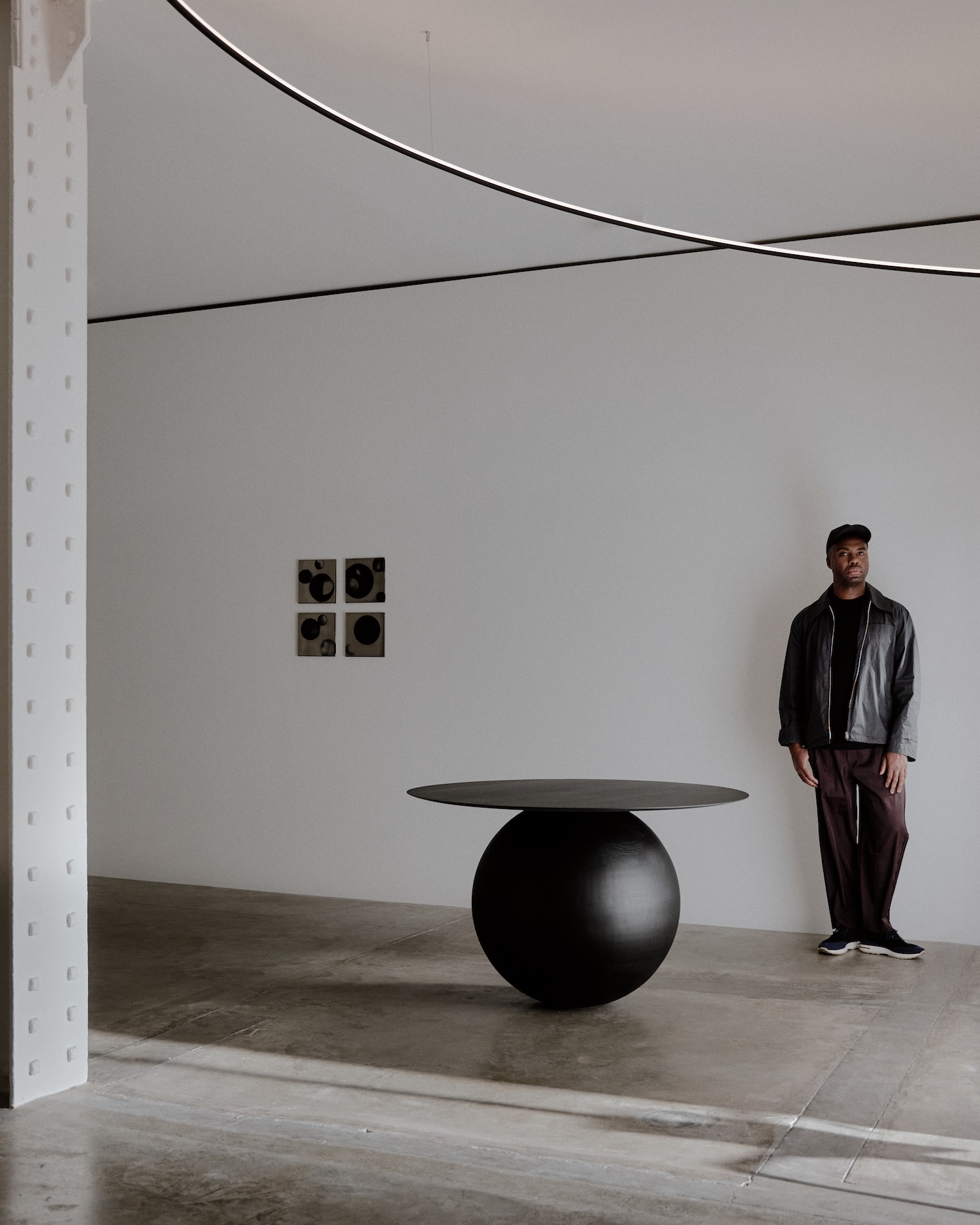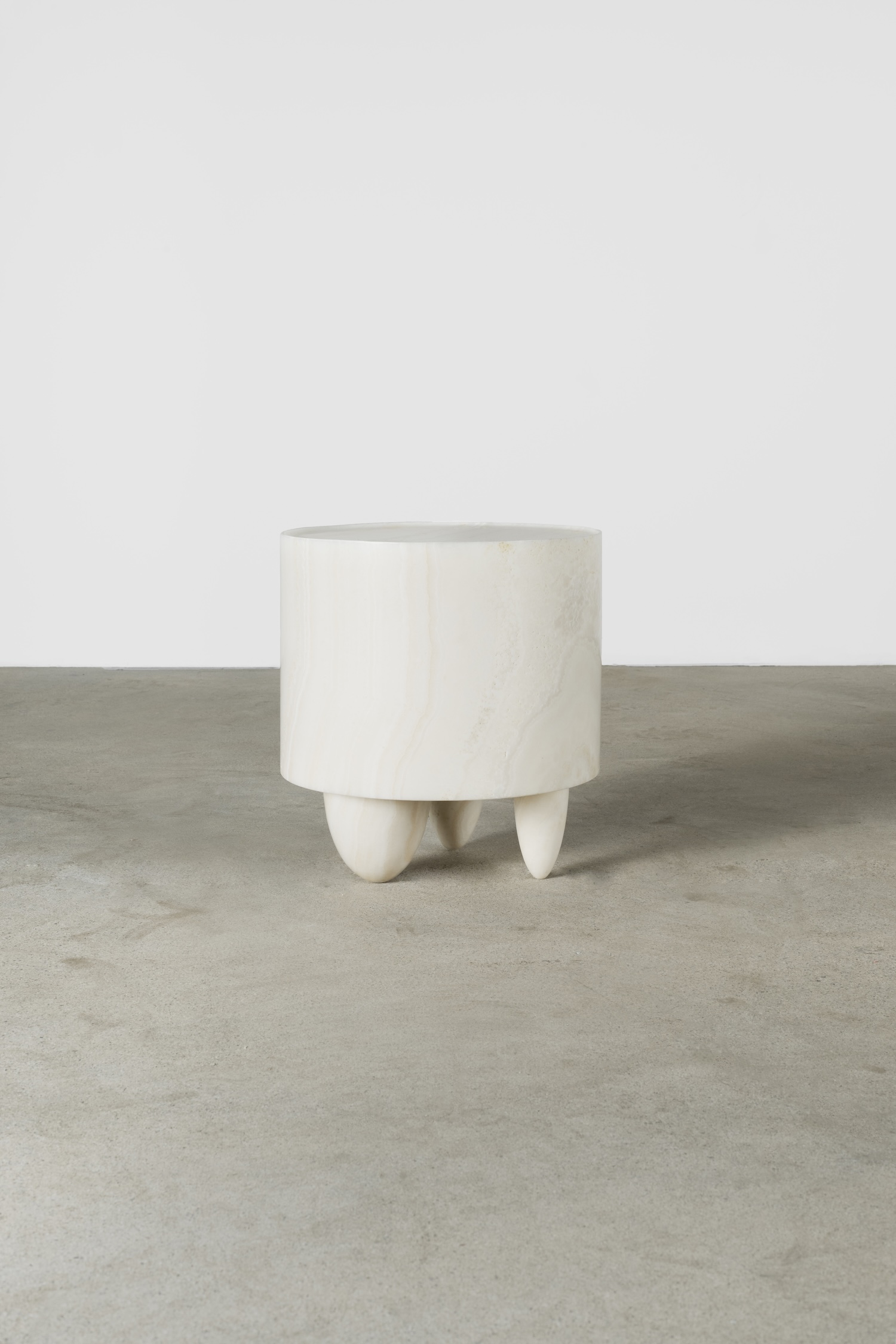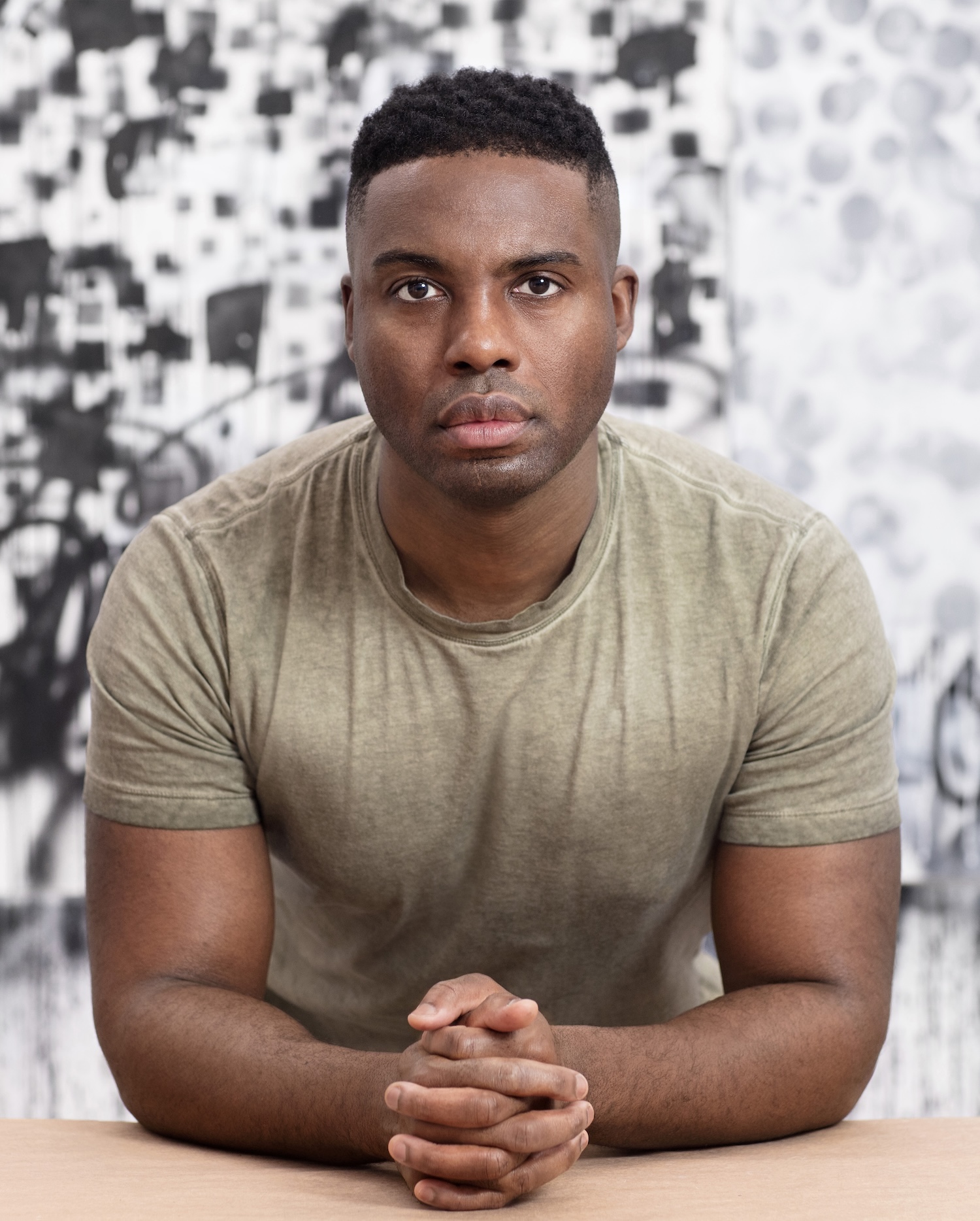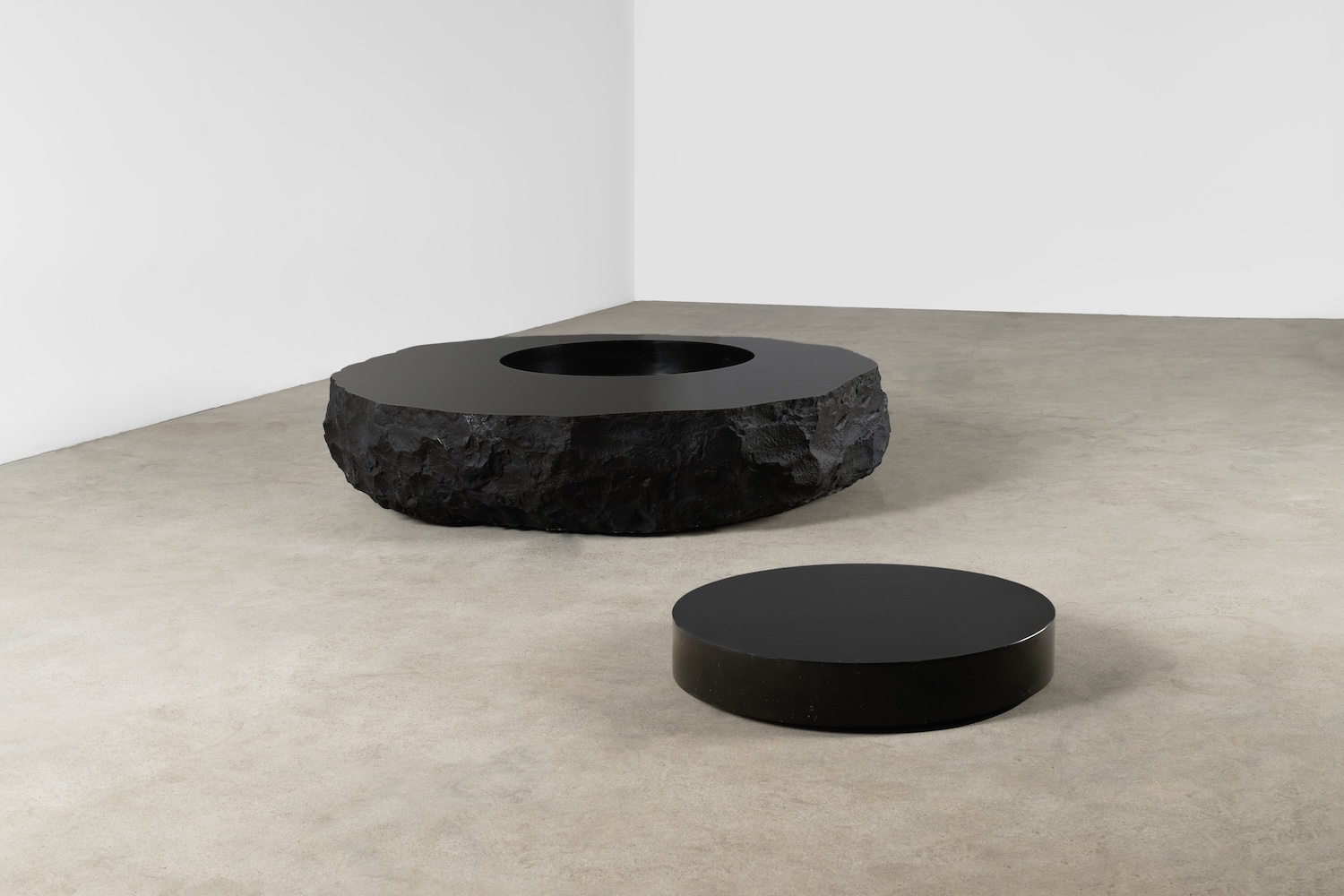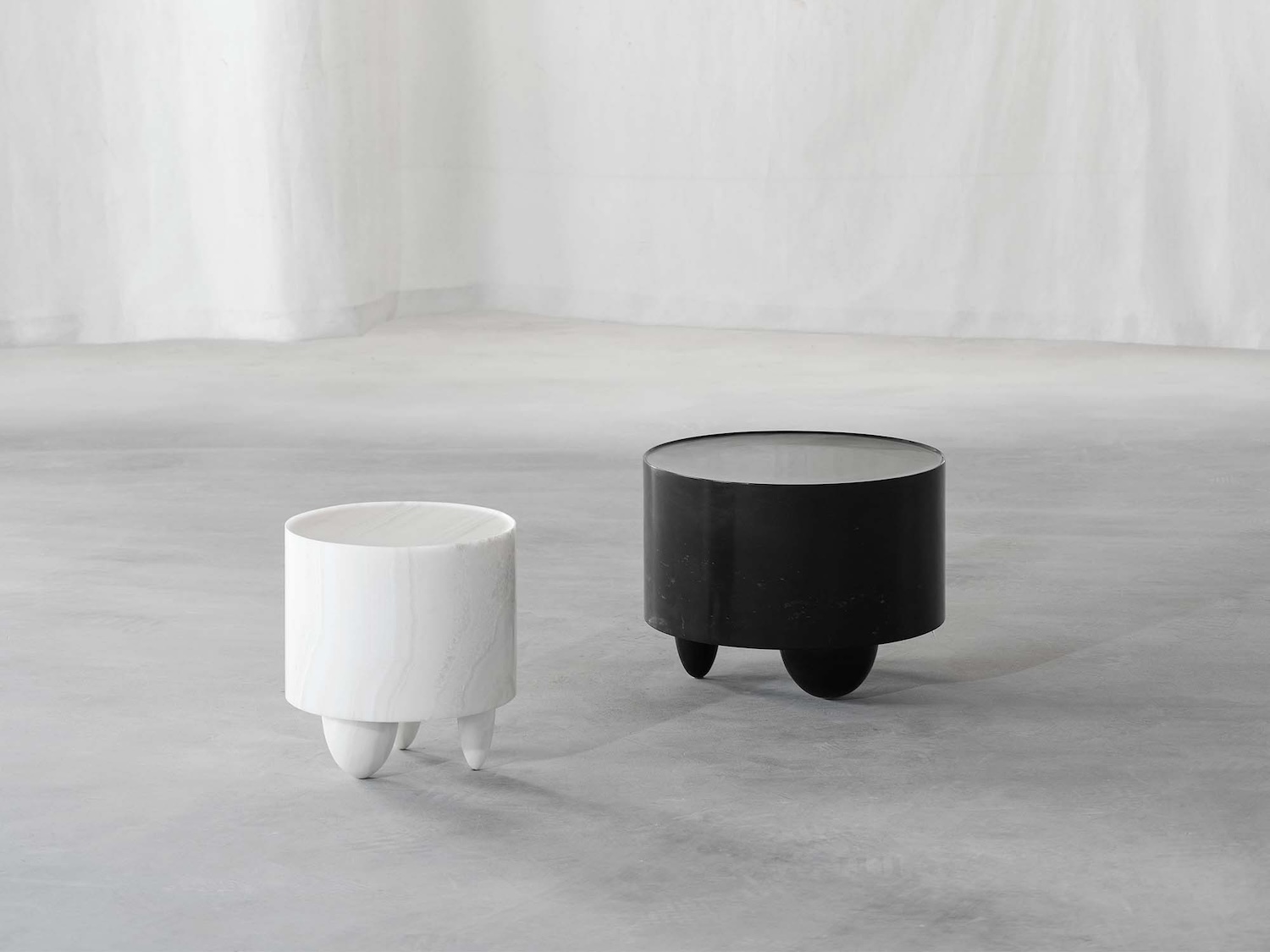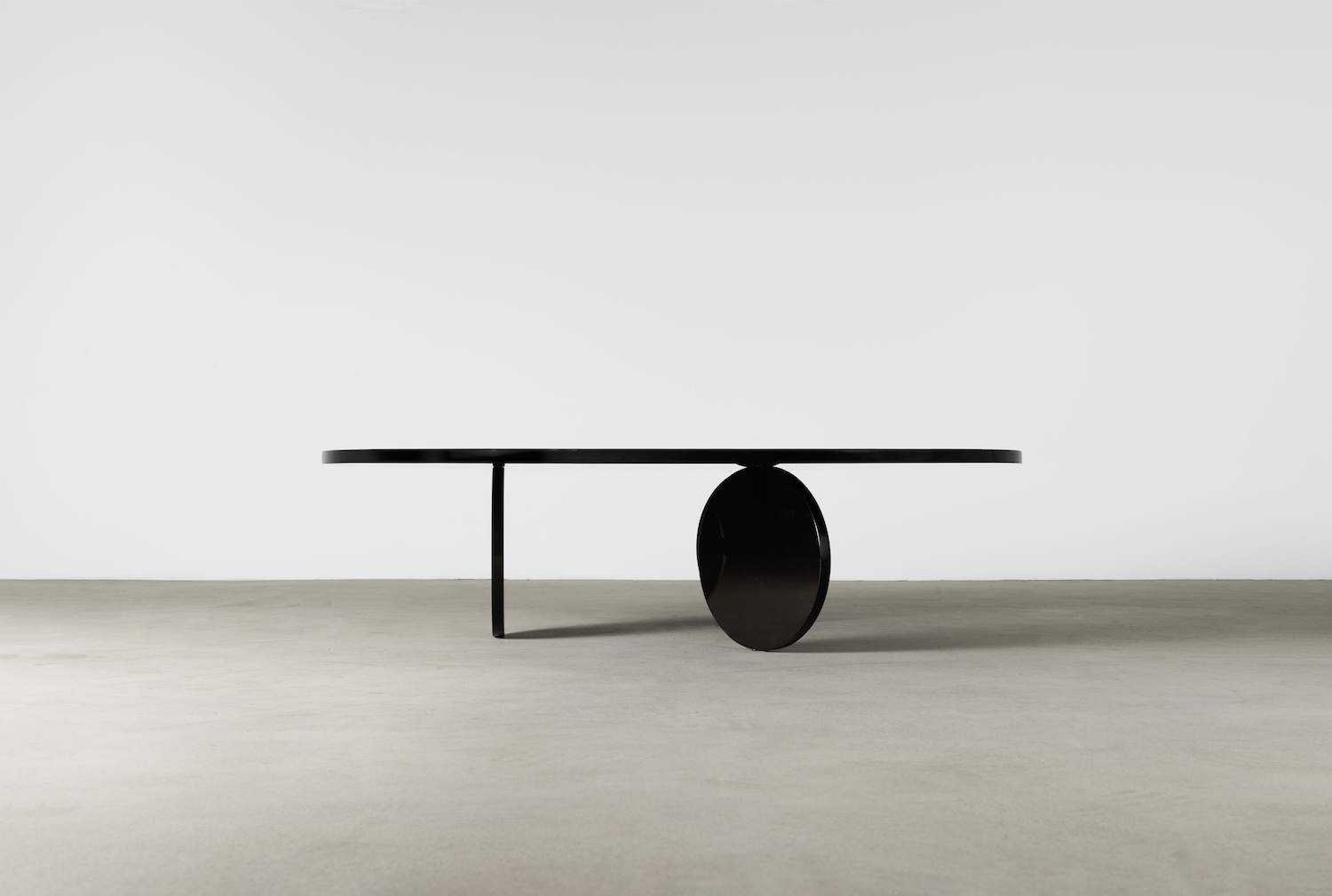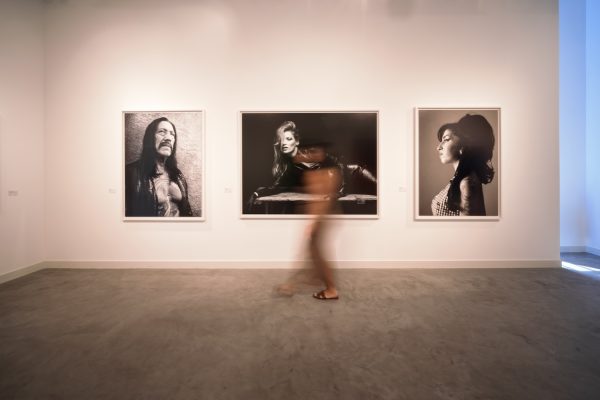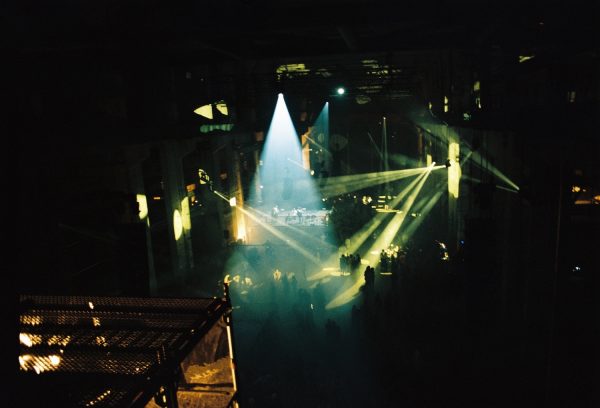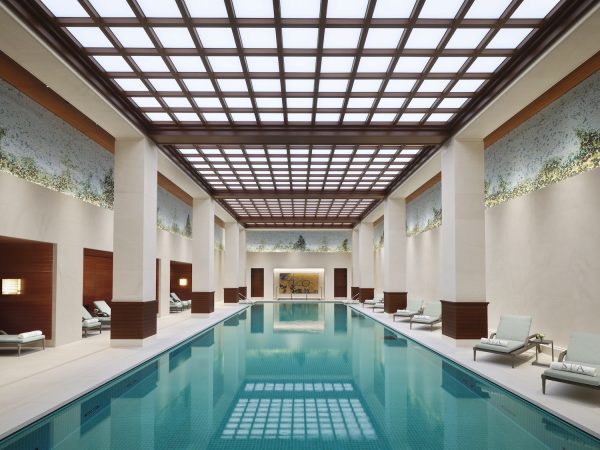
Astrup Fearnley Museet. Photography | Einar Aslaksen
Although Oslo has always been worth visiting for cultural offerings, the harbourfront area has been completely transformed in the past two decades. Shipyards, containers and heavy traffic have been replaced by a 10km pedestrian walkway with views over the Fjord on one side and impressive architecture on the other.
At one end are Aker Brygge and Tjuvholmen, neighbourhoods brimming with restaurants, shopping and floating saunas, but also public art and some of the city’s most important museums. One of these is the Astrup Fearnley Museet (AF Museet), a striking structure formed of two buildings bisected by a canal and designed by Pritzker Prize winning architect Renzo Piano. Inside its walls is arguably one of Europe’s most comprehensive collections of contemporary art.
While the museum’s current home may be just over a decade old (it moved there in 2012), the institution celebrated its 30th anniversary in 2023 with the exhibition Before Tomorrow. When Hans Rasmus Astrup founded it in 1993, it was one of the first private museums dedicated to contemporary art. Until the 1990s, when AF Museet (and also the National Museum of Contemporary Art) opened, there were no museums of the kind in Norway and so it played a crucial role in creating public access to and awareness of this period. It has also provided an important platform and international exposure for Norwegian and Nordic artists.

My Private Sky by Børre Sæthre. Photography | Christian Øen
But the significance and relevance of AF stretches far outside its national borders. Hans Rasmus Astrup (1939-2021) was a billionaire ship broker, but also a serious art collector. The collection, which he began amassing in the 1960s, was never restricted either geographically or by periods or movements. Instead, he chose to buy bodies of work and follow the development of the artist. He took an early chance on Damien Hirst’s formaldehyde work Mother and Child Divided and became one of Hirst’s long-term patrons. As well as the Young British Artists, American artists also feature prominently, including Cindy Sherman and Richard Prince.
Sotheby’s describes it as “a legacy of masterful collecting… that embraces the radical, and lives on the cutting edge of contemporary production. Works that are now considered to be of canonical importance… were acquired immediately after their production, before the lens of critical history had time to settle upon their importance.” Even the later acquisitions were “still far in advance of the market”. For example, in 2001, Astrup paid a record-breaking $5.6. for Jeff Koons’ Michael Jackson and Bubbles. Sotheby’s credits the museum with “kickstarting” the careers of many artists and as a barometer of what is coming next.

Before Tomorrow exhibition. Photography | Christian Øen
When Astrup passed away in 2021, he bequeathed the entire collection (then comprised of over 1,500 works) and generous funds to the non-profit foundations that ran the museum. Although it’s technically a private museum, the focus is very much on serving the public. After all, Astrup himself said, “It’s vital that art isn’t locked away. It needs to be shown and experienced. We have to learn from it.”
Today, the museum continues Astrup’s approach “by following innovative practitioners and their work, rather than attempting to canonise historical artworks retrospectively,” says Director Solveig Øvstebø. It not only acquires, but also commissions, often in tandem with its temporary exhibitions.

The Deep West Assembly by Cauleen Smith. Photography | Christian Øen
The most recent of these was The Deep West Assembly by multidisciplinary artist and filmmaker Cauleen Smith, for which AF commissioned a film of the same name. Los Angeles-based Smith is known for works that draw from experimental 1960s and 70s cinema, science-fiction and the Afro-diasporic experience. As opposed to America’s Deep South, the ‘Deep West’ is a term coined by poet Wanda Coleman to describe the treatment of Black communities in Los Angeles. Smith’s ‘Deep West’ is situated in the Mississippi Delta, where she likens Black cultural practices to Indigenous traditions, and explores concepts of geological time.

The Deep West Assembly by Cauleen Smith. Photography | Christian Øen
As for what’s coming up next, the Between Rivers exhibition, which opens later this month, will bring together artists Alex Ayed, Hicham Berrada, Anna Boghiguian, Reena Saini Kallat, Zoe Leonard, Cato Løland, Delcy Morelos, Senga Nengudi, Thao Nguyen Phan, Marjetica Potrč, Lala Rukh and James Webb. Although rivers have often featured in art through the centuries, these practitioners are responding to the subject at a time when human activity is significantly impacting them and when they are being discussed in the contexts of environmentalism and political activism.
Early next year, On Lies, Secrets and Silence will present the most extensive exhibition to date of Norwegian artist Frida Orupabo. In the tradition of photomontage, she creates otherworldly collages, videos and sculptures to unearth violent or difficult images, both from historic and archive material and from more recent digital media. By challenging colonial notions that are arguably still entrenched today, Orupabo examines race, gender, sexuality and family.
Between Rivers is open from 18th October 2024 to 12th January 2025. Frida Orupabo | On Lies, Secrets and Silence is open from 7th February to 27th April 2025.
Read more about Astrup Fearnley Museet at afmuseet.no.
words. Huma Humayun




